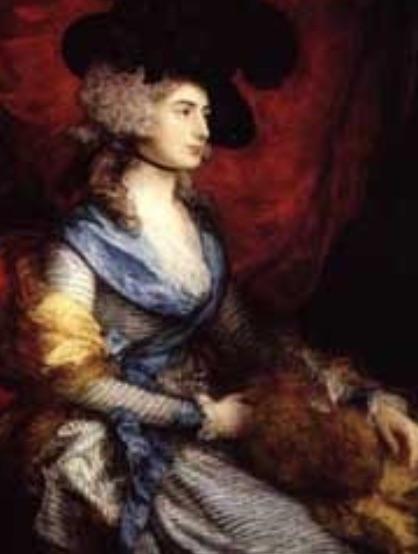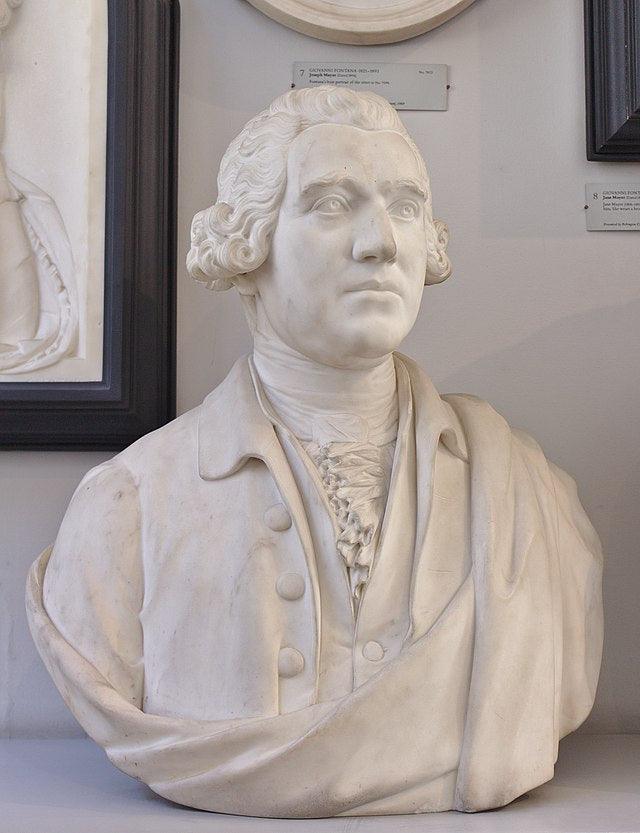
The Indomitable Mrs. Siddons
Mrs. Siddons - The Life of One of Britain's Greatest Actresses
"Well, mother, I have done something for you that you will like. I have been to the theatre, and secured a box for to-morrow night. A'n't I a good boy? I know you love a play; and there is room for us all. It holds nine."
Charles Musgrove, Persuasion
 The theatre in Regency Bath was a part of everyday life. Society went for entertainment. Entertainers came to take the waters and perform. Of all the thespians ever to play there, however, the most beloved was Sarah Siddons.
The theatre in Regency Bath was a part of everyday life. Society went for entertainment. Entertainers came to take the waters and perform. Of all the thespians ever to play there, however, the most beloved was Sarah Siddons.
Sarah Siddons was the daughter of noted actor Richard Kimble, and was perhaps the most acclaimed tragic actress of her day. Born July 5, 1755, she performed on stage with her father’s troupe at an early age. As the oldest of 12 children, she was well educated and reportedly quite beautiful. After falling in love with one of her father’s cast members, a William Siddons, she was sent away from home to work as a lady’s maid. There she performed for her fellow servants and, occasionally, guests.
In November, 1773, the 18 year old Sarah finally gained her parent’s blessing and married William. Now Mrs. Siddons, was free, once again, to pursue the acting she loved. Though traveling with a small troupe, it was not long before recognition was afforded her talent. Her success was enough to catch the attention of David Garrick, then nearing the end of his career. He brought her to London in 1775. Unfortunately, when she made her first appearance at Drury Lane, as Portia in the Merchant of Venice, Sarah Siddons was a flop; one critic wrote 'She is certainly very pretty - but then, how awkward, and what a shocking dresser...'
She departed to once again take up the life she was born into- that of a traveling thespian. It was while on the road that she gained her reputation for being the Queen of Tragedy.  Three years later, she appeared for the first time at Bath's Theatre Royal in The School for Scandal, where she was receivedby a rapturous public. She played in the city for four seasons (1778/9-1781/2), findinging her greatest success as Lady Macbeth. A role she is reported to have played to perfection. As late as 1799 crowds lined the streets for a mere glimpse of her, and audiences honoured Siddons' intensely emotional acting with 'rivetted attention whilst on the stage, and the loudest plaudits at every exit'.
Three years later, she appeared for the first time at Bath's Theatre Royal in The School for Scandal, where she was receivedby a rapturous public. She played in the city for four seasons (1778/9-1781/2), findinging her greatest success as Lady Macbeth. A role she is reported to have played to perfection. As late as 1799 crowds lined the streets for a mere glimpse of her, and audiences honoured Siddons' intensely emotional acting with 'rivetted attention whilst on the stage, and the loudest plaudits at every exit'.
When she returned to London in 1782, the Drury Lane Theatre was under the management of playwright Richard Sheridan,and Siddons was all the rage in fashionable Bath. In her "first" London season she played eighty times in seven different parts. One contemporary wrote, 'men wept, and women fainted, or were carried out in fits of hysterics'. She was hailed by the Morning Post as 'the first tragic actress now on the English stage' In 1783 she was appointed to the position of elocution teacher to the Royal children. This, along, with her acting kept her busily engaged for years. In 1803, she and her brother John Philip Kemble moved to the Covent Garden Theatre.
She retired from the stage on June 29, 1812, with a finall performance as Lady Macbeth in Macbeth. Audience members insisted that the play end at the end of her last scene and she is said to have been led weeping from the stage.  scholars have suggested that her "success was due to her complete concentration upon the character whom she played: she identified herself with a role and seemed possessed by it, oblivious of all else around her. Portraits of her were painted by Thomas Gainsborough, Sir Thomas Lawrence, and Sir Joshua Reynolds; Reynolds entitled his painting 'Mrs. Siddons as the Tragic Muse.'" One writer declaimed "passion emanated from her breast as from a shrine. She was tragedy personified." Another great actor of the day, described her as 'an actress who never has had an equal, nor could ever have a superior'.
scholars have suggested that her "success was due to her complete concentration upon the character whom she played: she identified herself with a role and seemed possessed by it, oblivious of all else around her. Portraits of her were painted by Thomas Gainsborough, Sir Thomas Lawrence, and Sir Joshua Reynolds; Reynolds entitled his painting 'Mrs. Siddons as the Tragic Muse.'" One writer declaimed "passion emanated from her breast as from a shrine. She was tragedy personified." Another great actor of the day, described her as 'an actress who never has had an equal, nor could ever have a superior'.
Described as "beautiful, sensitive and intelligent", her stage presence was striking; but her temperament could be variable, and there were many of her contemporaries who maintained that she inspired more admiration than affection."
 While living in Bath at the beginning of her career, Sarah Siddons stayed at 2 Abbey Green. The family later moved to 33 the Paragon where they lived for several years in between acting engagements. Sarah Siddons died in 1831 and was buried in St. Mary's, Paddington. It is said that 5,000 mourners turned out to pay tribute to one of England's greatest Actresses. A statue of Mrs. Siddons was created by Francis Legatt Chantrey and stands in Westminster Abbey.
While living in Bath at the beginning of her career, Sarah Siddons stayed at 2 Abbey Green. The family later moved to 33 the Paragon where they lived for several years in between acting engagements. Sarah Siddons died in 1831 and was buried in St. Mary's, Paddington. It is said that 5,000 mourners turned out to pay tribute to one of England's greatest Actresses. A statue of Mrs. Siddons was created by Francis Legatt Chantrey and stands in Westminster Abbey.
Written by Laura Boyle. Laura creates custom made hats, bonnets, reticules and other Regency Accessories for Austentation a Regency Fashion History site and Boutique.
* Biographical information quoted from They Came to Bath. Other sources include the Encyclopedia Britannica Online.
If you don't want to miss a beat when it comes to Jane Austen, make sure you are signed up to the Jane Austen newsletter for exclusive updates and discounts from our Online Gift Shop.



Leave a comment
This site is protected by hCaptcha and the hCaptcha Privacy Policy and Terms of Service apply.